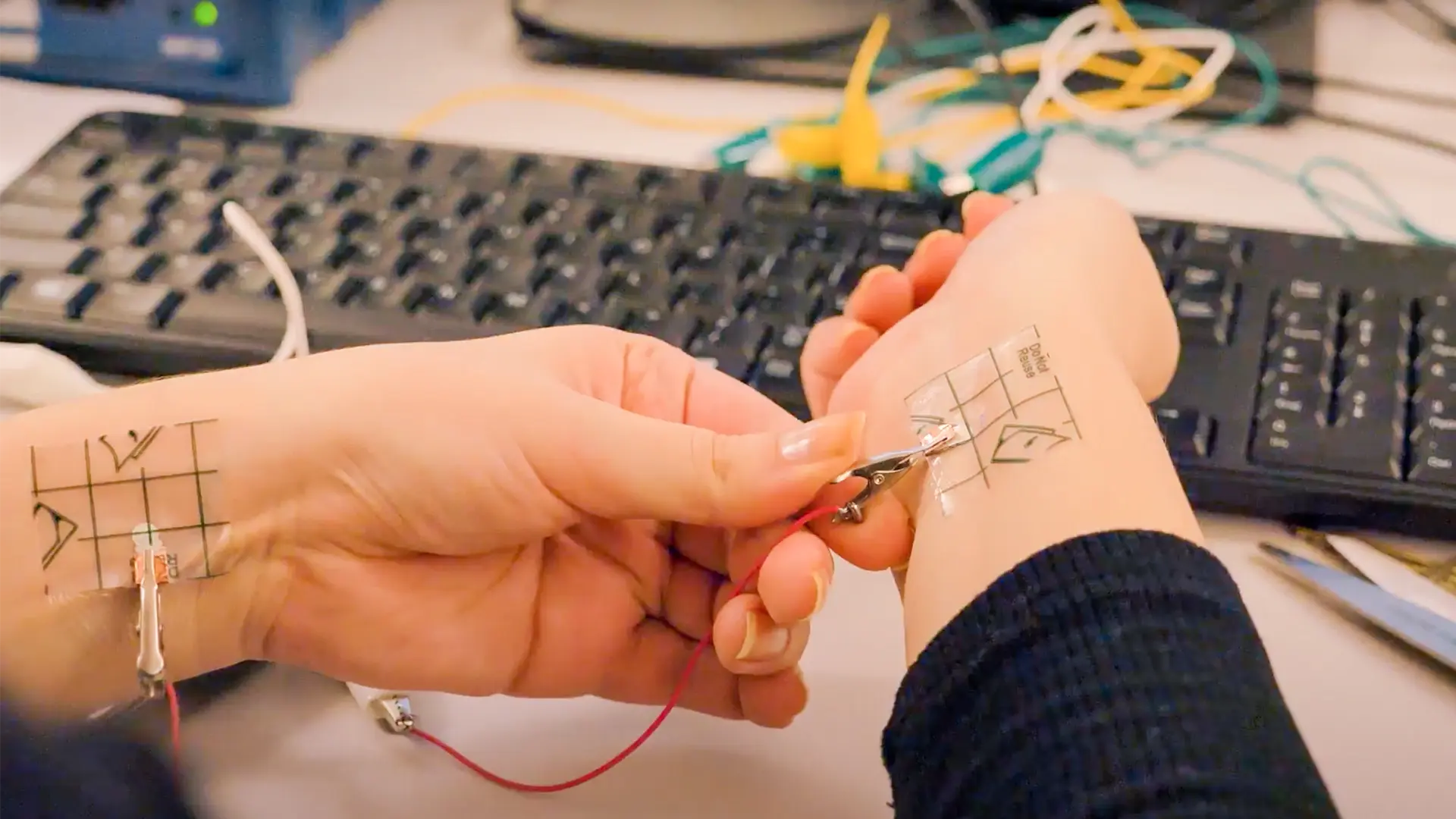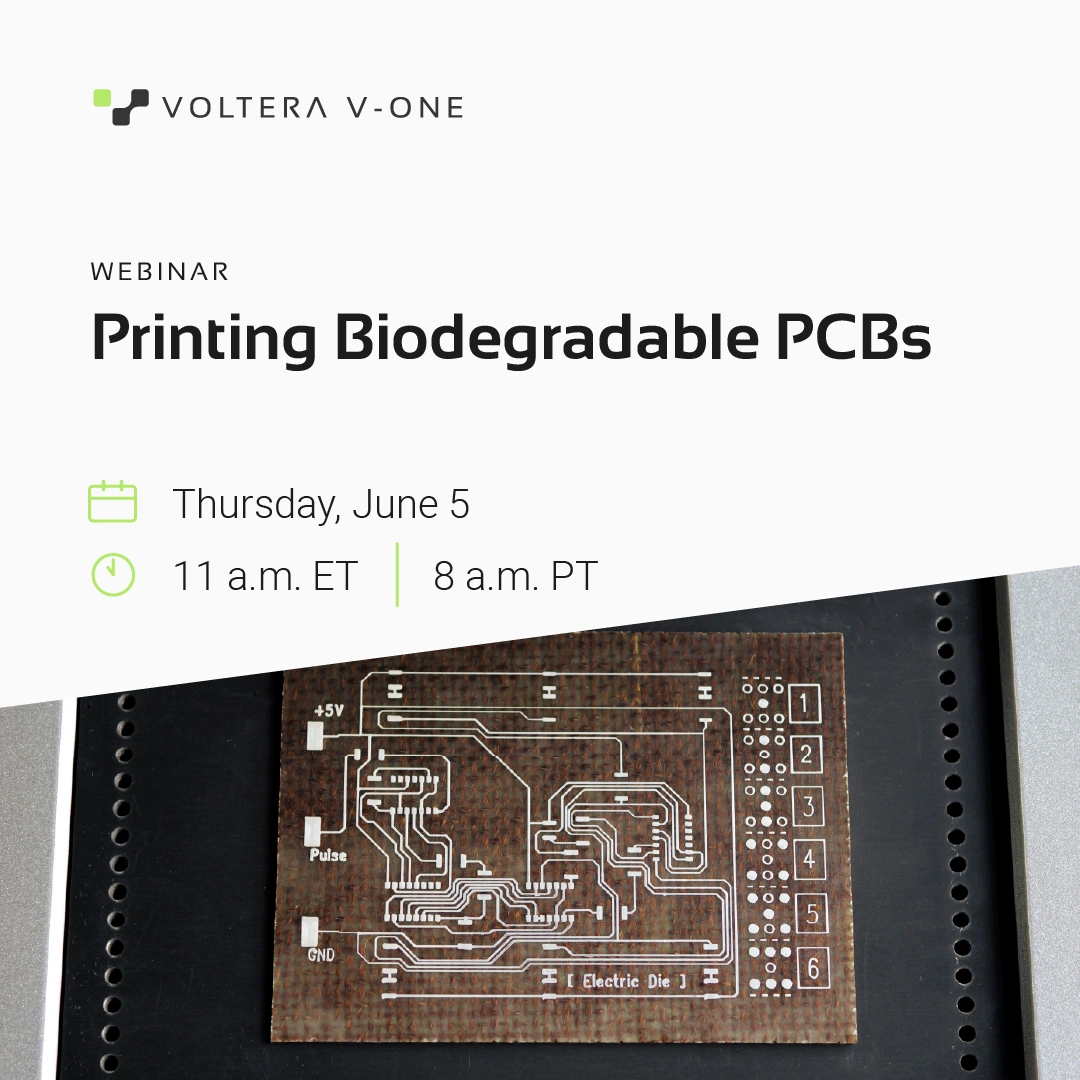What Is Thermal Interface Material (TIM)?
Excessive heat in electronics is a leading cause of premature component failure. As devices trend toward miniaturization and higher energy density, effective heat dissipation has become a critical design challenge for thermal management systems..
Thermal Interface Materials (TIMs) are specialized compounds placed between two surfaces (e.g., between a microprocessor and a heat sink) to improve heat transfer. They eliminate microscopic air pockets caused by surface roughness, replacing low thermal conductivity air (0.026 W/m·K) with a more efficient interface to reduce thermal resistance levels and enhance conduction.
Applications of thermal interface material
TIM materials are crucial for effective heat transfer in electronics systems, power electronics, and medical devices. They prevent overheating in CPUs, GPUs, LEDs, and high-power electronics [1], ensure reliability in automotive and advanced driver-assistance systems (ADAS), and maintain safety and accuracy in medical imaging, surgical equipment, and portable health monitors, enhancing performance, reliability, and device longevity.


TIMs come in various formulations and can be grouped into six main categories: thermal pads, thermal grease, thermal gels, thermally conductive adhesives (TCA), phase-change materials (PCM), and metal solders [2]. Apart from prefabricated thermal pads, the rest of the categories are compatible with thermal paste dispensing techniques such as syringe dispensing, screen printing, or direct ink writing (DIW).
Thermal grease


Thermal greases, also known as thermal compounds or pastes, are non-curing viscous liquids, usually consisting of a polymer oil (often synthetic or silicone-based materials) filled with thermally conductive particles like metal oxides and metal powders [3]. They typically exhibit bulk thermal conductivities between 2 W/m·K and 10 W/m·K [2]. More recent thermal pastes use inorganic fillers, such as aluminum oxide, zinc oxide, and silicon carbide, as well as metallic fillers, such as silver and copper, to enhance thermal conductivities up to 17 W/m·K [1].
A key advantage of thermal greases is their excellent conformability and low hardness. Thermal greases have no inherent bonding strength (they remain wet or semi-fluid), which allows them to flow readily and fill very thin interface areas on the order of 5 mils (about 127 μm) or less.
However, a well-known drawback of thermal pastes is their tendency to migrate under thermal cycling. Repeated expansion or contraction of the interface (due to temperature swings and differing coefficients of thermal expansion) can cause the grease to be slowly pushed (“pump-out”) from the interface over time [3]. This pump-out of excess material or drying of thermal greases can lead to performance degradation in long-term use.
Thermal gel
Thermal gels are typically one-part or two-part formulations that result in an ultra-soft, gel-like polymer matrix filled with thermally conductive particles, similar to thermal pastes. Unlike standard thermal grease, which does not cure, thermal gels cure into a soft, rubbery solid and serve as an effective gap-filling material.
Because thermal gels are inherently cohesive, they resist pump-out and can handle mechanical vibration or thermal cycling more robustly [2]. This makes them popular in automotive electronics and other cases where shock or flex might be an issue — the gel fills the gap and also absorbs mechanical stress.
Thermally conductive adhesives


TCAs are polymer-based thermal interface materials that not only conduct heat but also mechanically bond components together. These thermal adhesives are usually epoxy-, silicone-, or acrylate-based adhesives loaded with thermally conductive fillers such as alumina, boron nitride, or metallic particles. Most commercial TCAs have thermal conductivities around 1-4 W/m·K, though some specialized formulations (with very high loadings of silver or novel fillers) report high thermal conductivity values above 10-20 W/m·K [2].
The biggest advantage of using TCAs is that a heat sink or component can be glued in place, eliminating the need for screws, clips, or clamps as a heat sink attachment method. This is valuable for small form factor designs or when mechanical retention is difficult (e.g., bonding a heat spreader onto a BGA package lid, or attaching an LED to a heat sink in a lighting module).
However, a cured adhesive is typically more rigid than a grease or gel. Many thermally conductive epoxies are filled with ceramic or metal powder and can be quite stiff. This means that while they hold parts firmly, if there is differential thermal expansion between the two bonded surfaces, the adhesive layer will experience shear stress. Over many thermal cycles, a brittle adhesive could crack or delaminate [4].
Phase-change materials


The base material of PCMs is often a wax or paraffin-like substance (sometimes blended with polymers), loaded with conductive filler particles. At room temperature, PCM is solid or highly viscous, which means it can be pre-applied to components without mess or flow. Once the electronic device heats up in operation and exceeds the phase-change temperature (typically 50-80 °C) [5], PCM softens to a semi-liquid state, flowing and filling in all microscopic gaps at the interface. On cooling, PCM re-solidifies, holding the filler particles in place and preventing pump-out or dripping when the device is off.
Because PCMs do not cure chemically, they can pump-out if the device is cycled above the phase-change point without proper clamping – but in practice, well-designed PCM TIMs are formulated to resist excessive flow, and their ability to re-solidify provides greater long-term stability than uncured greases [2].
Metal TIMs (solder)


Metal TIMs in paste form are solder pastes used as thermal interfaces. They consist of fine metal alloy powders (e.g., indium-based alloys for high performance applications) suspended in a flux binder, similar to the solder pastes used in PCB assembly. They are dispensed using a thermal paste dispenser or similar precision equipment. Then the assembly is reflowed to melt the metal powder, creating a solid metal interface [6].
Metal solders have some of the lowest measured contact resistances (e.g., 0.00253 cm 2 K/W) and deliver optimal thermal performance. They are used in scenarios demanding extreme heat flux transfer, such as high-power or high-density electronics. For example, many high-end server and GPU chips use a solder TIM between the die and heat spreader to handle the heat load that a grease would struggle with [7].
However, the excellent thermal performance of metal solders comes with trade-offs of mechanical properties: Metals have high stiffness and low compliance, so a solder layer will not accommodate differential thermal expansion well. Similar to conductive adhesives, if the two bonded parts expand at different rates, stresses can build up in the solder, potentially causing fatigue or cracks over many thermal cycles [5].
Conclusion
Thermal interface materials are an indispensable component in the design of modern electronic and electrical systems. Each TIM type — grease, gel, adhesive, PCM, solder — offers unique thermal and mechanical advantages. Selecting the optimal TIM is a multi-faceted trade-off balancing thermal conduction and mechanical performance, manufacturability, costs, and design complexity.
Interested in the applications of thermal interface materials? Explore these resources:
- Blog: Print Multilayer Flexible and Stretchable Circuits with NOVA
- Report: Thermal Interface Materials 2024-2034: Technologies, Markets, and Forecasts
- Open course: Thermal Modeling and Heat Sinking
Are you dispensing thermal interface materials? Book a meeting to speak with one of our technical representatives.
References
[1] Xing, W., Xu, Y., Song, C., & Deng, T. (2022). Recent Advances in Thermal Interface Materials for Thermal Management of High-Power Electronics. Nanomaterials, 12(19), 3365. https://doi.org/10.3390/nano12193365.
[2] Tu, Y., Liu, B., Yao, G., Luo, H., Jia, X., Du, J., & Xu, C. (2024). A Review of Advanced Thermal Interface Materials with Oriented Structures for Electronic Devices. Electronics, 13(21), 4287–4287. https://doi.org/10.3390/electronics13214287.
[3] Prasher, R. (2006). Thermal Interface Materials: Historical Perspective, Status, and Future Directions. Proceedings of the IEEE, 94(8), 1571–1586. https://doi.org/10.1109/jproc.2006.879796.
[4] Zhou, Y., Wu, S., Long, Y., Zhu, P., Wu, F., Liu, F., Murugadoss, V., Winchester, W., Nautiyal, A., Wang, Z., & Guo, Z. (2020). Recent Advances in Thermal Interface Materials. ES Materials & Manufacturing. https://doi.org/10.30919/esmm5f717.
[5] F. Sarvar, Whalley, D. C., & Conway, P. (2006). Thermal Interface Materials - A Review of the State of the Art. https://doi.org/10.1109/estc.2006.280178.
[6] Lee, D. W., Mayberry, R., Mackie, A., Hable, B., Heller, D., Jarrett, B., Zhao, X., & Nash, T. (2022). Optimizing Reflowed Solder TIM (sTIMs) Processes for Emerging Heterogeneous Integrated Packages. 2022. IEEE 72nd Electronic Components and Technology Conference (ECTC), 1228–1237. https://doi.org/10.1109/ectc51906.2022.00197.
[7] Razeeb, K. M., Dalton, E., Graham, & Robinson, A. J. (2017). Present and future thermal interface materials for electronic devices. International Materials Reviews, 63(1), 1–21. https://doi.org/10.1080/09506608.2017.1296605.

Check out our Customer Stories
Take a closer look at what our customers are doing in the industry.

